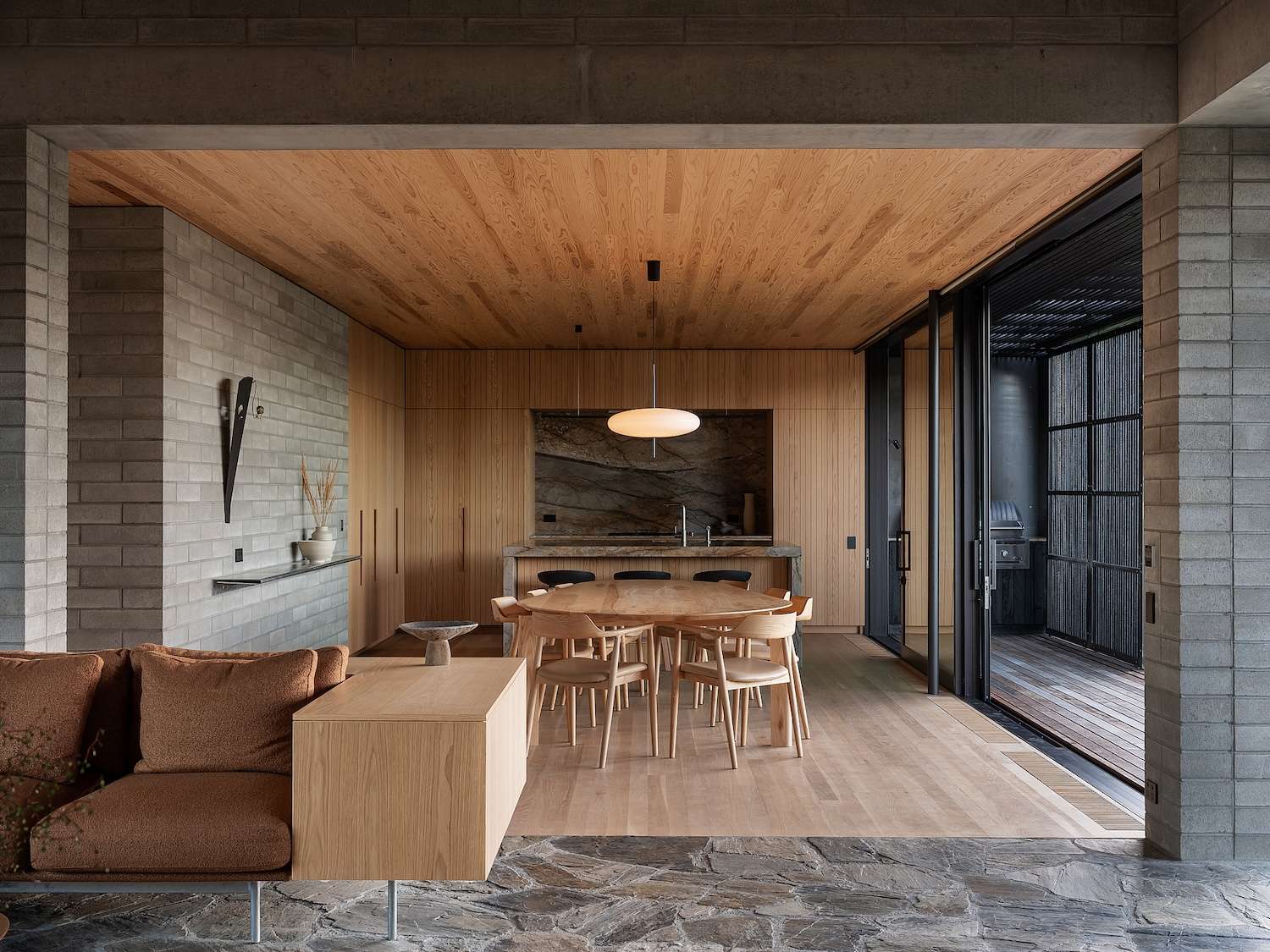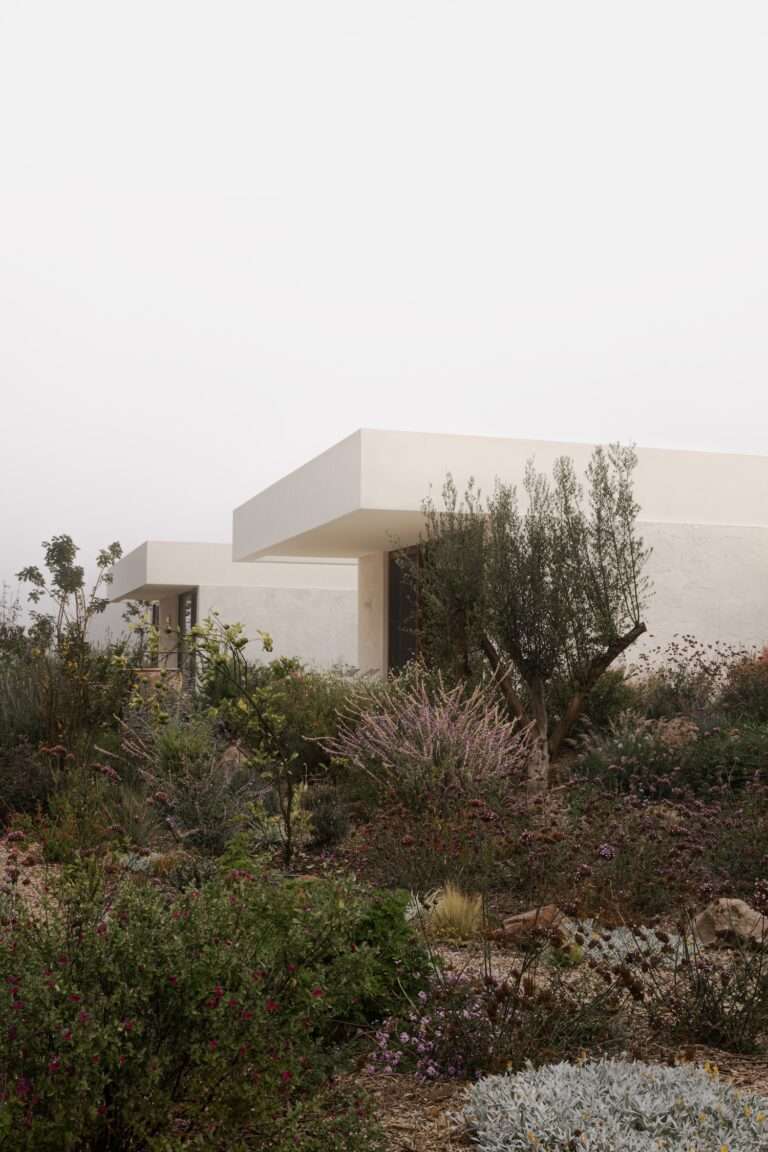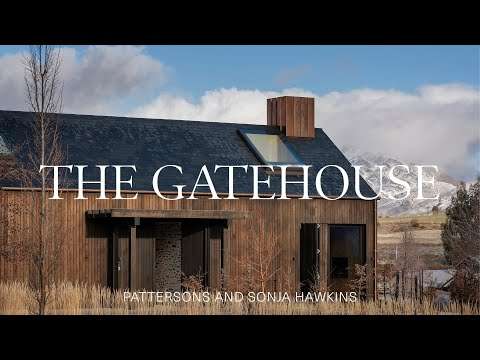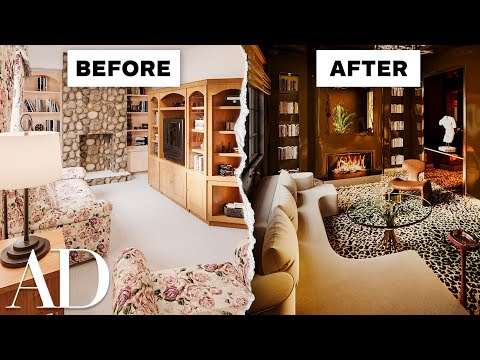
S.K.I. House is a minimalist residence located in Wānaka, New Zealand, designed by Roberts Gray Architects. This suburban project demonstrates how solid volumes and lightweight screens can negotiate changing urban contexts while establishing sanctuary with curated mountainous landscape views. The site occupied by the client for over two decades has witnessed Wānaka’s transformation from quaint town into busy urban area and tourist destination, driving the intergenerational adaptable retreat program responding to ongoing evolution and densification.
The deliberately abstract street-facing facade selectively reveals hints of interior conditions while upon entering the house reveals itself as both formal and free-flowing. This appeal to different inhabitation modes responds seasonally – winter features low-lit dark-clad mudroom transitioning to light-filled interior with framed mountain views while summer enables casual meandering over stone steps linking garden sequence to spacious central courtyard at home’s heart. This seasonal spatial variation demonstrates how residential architecture can support different occupation patterns throughout annual cycles.
Material pairing demonstrates thoughtful consideration where galvanized steel pairs with blockwork through homogeneous tonality and weathering while blackened steel prone to surface rust finds synergy with charred cedar. The similar grain structure between Japanese cedar and American oak pairing softwood with hardwood demonstrates consideration of both aesthetics and practicality, reflecting sophisticated understanding of how material properties affect long-term appearance and maintenance requirements in New Zealand’s climate conditions.
Walking through gate into linked courtyard sequence reveals the house gradually with garden, lake, and distant mountain glimpses carefully framed through finely detailed timber screens. This allows architecture opening slowly, revealing landscape and light in moments feeling both intimate and expansive, demonstrating how controlled view framing can heighten rather than diminish environmental engagement through selective rather than comprehensive visual access.





